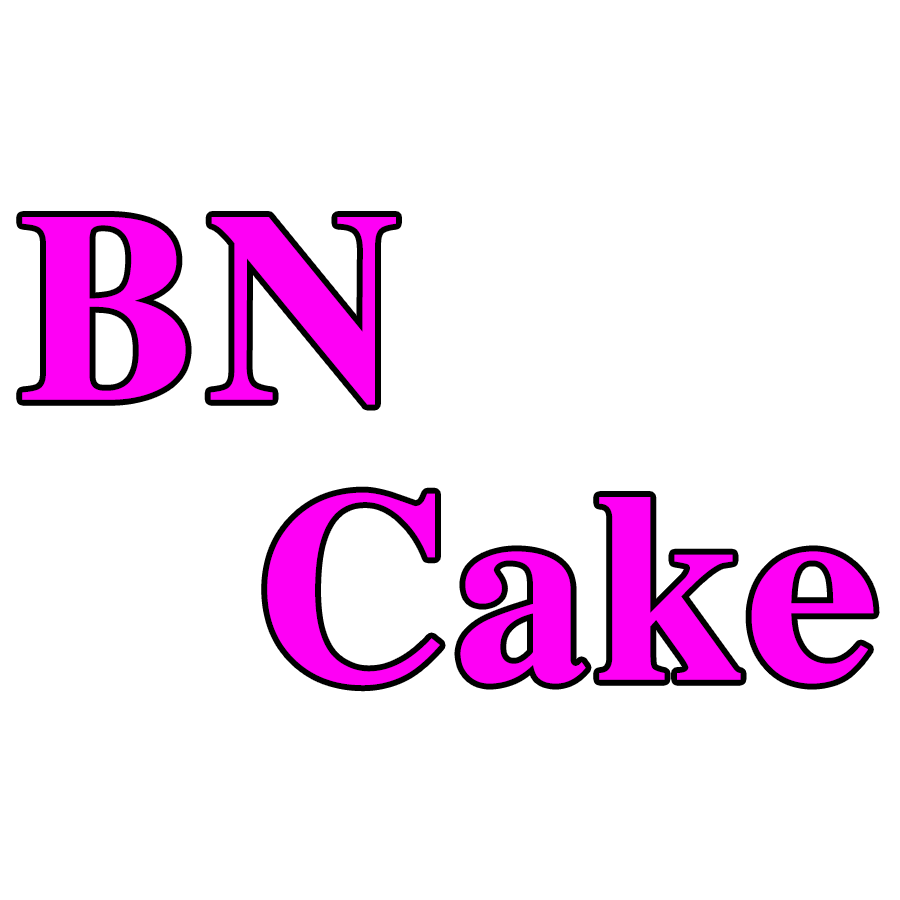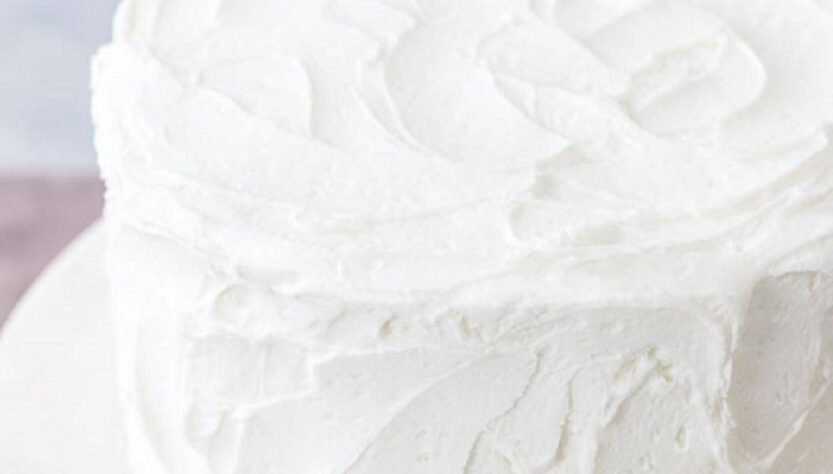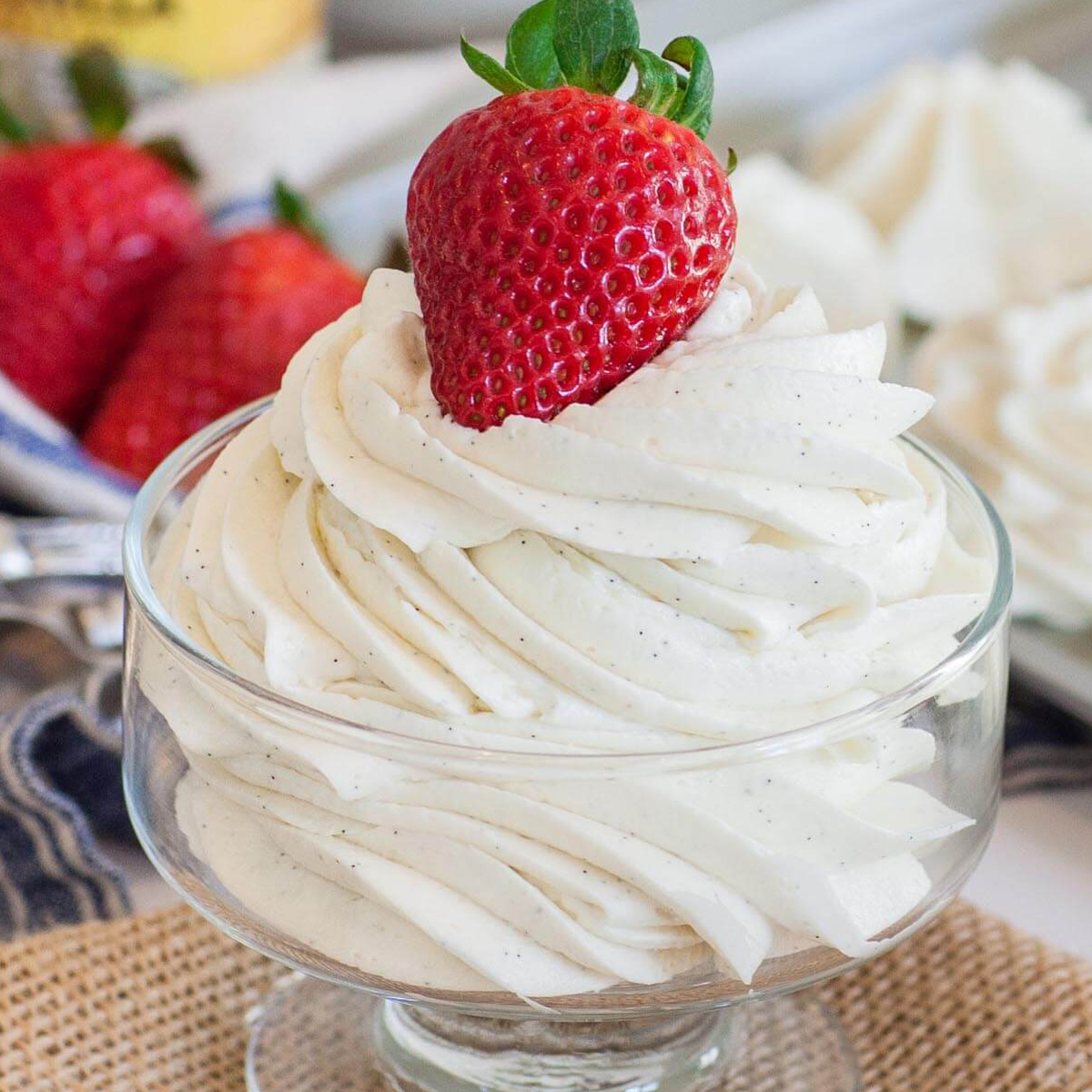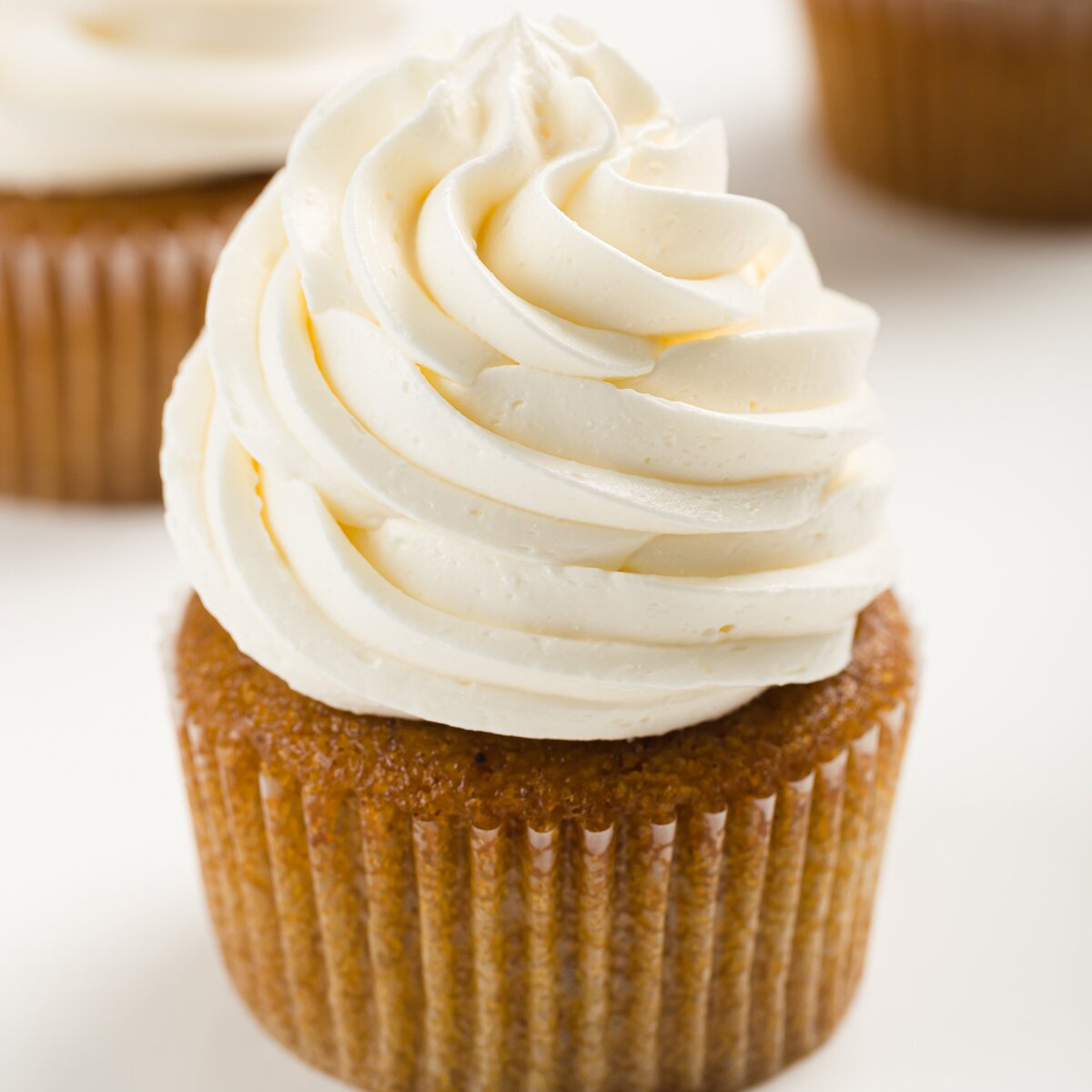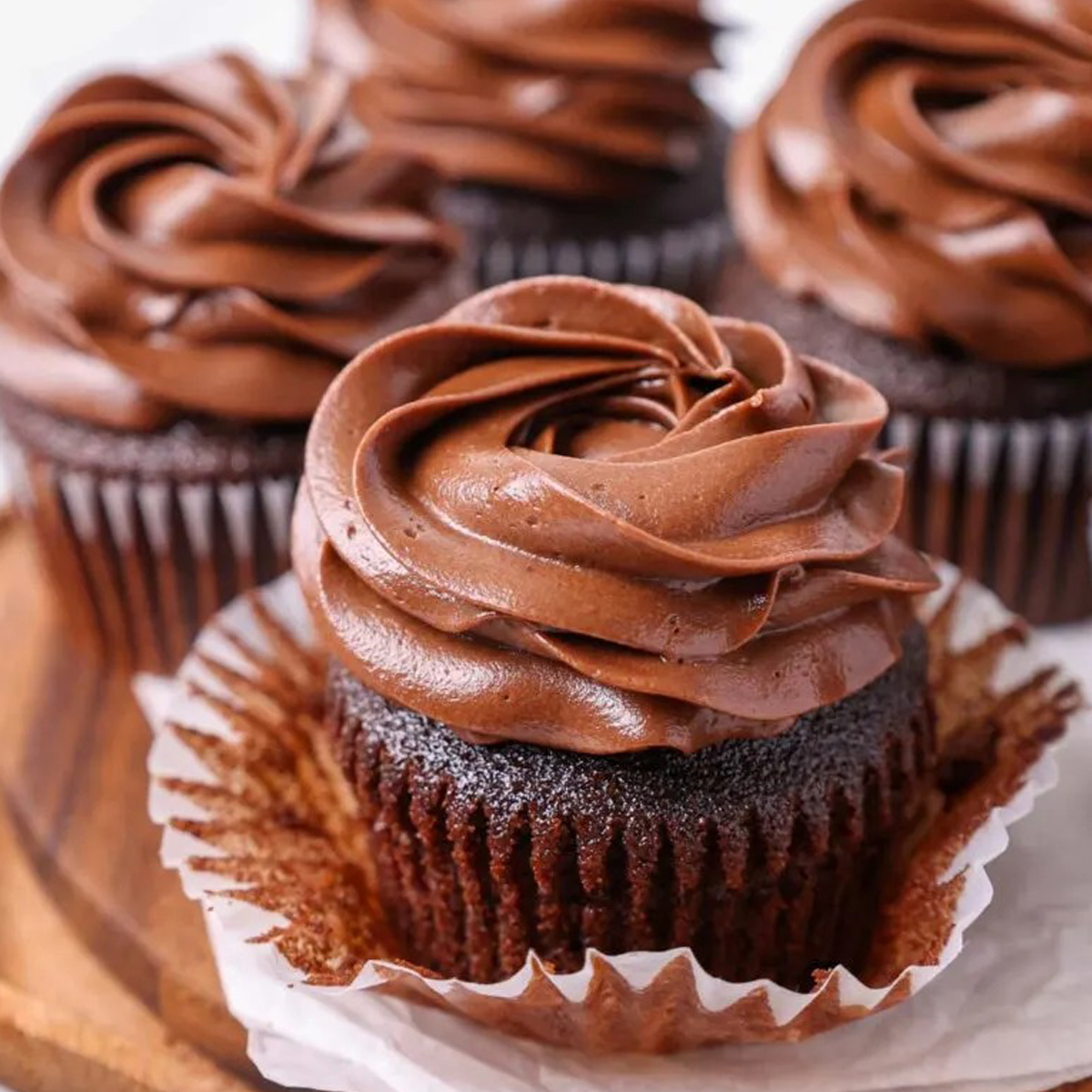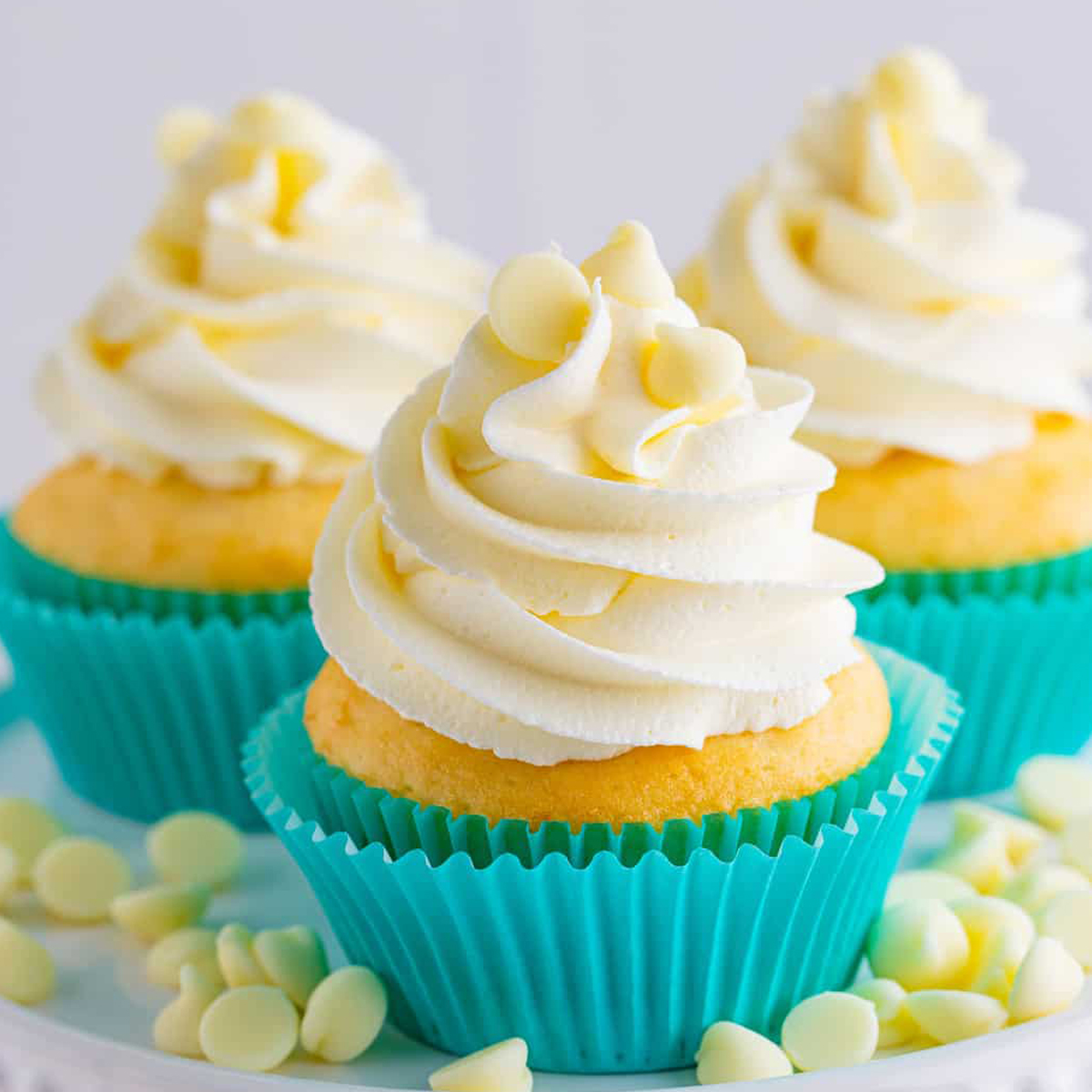White buttercream is a versatile and classic frosting that serves as the perfect blank canvas for a wide range of cake and dessert creations. Known for its smooth, creamy texture and pure white color, this frosting is a favorite among bakers and cake decorators. White buttercream not only provides a luscious, sweet taste but also offers a beautiful backdrop for intricate piping designs, vibrant decorations, and elegant cake finishes. Whether you’re frosting a wedding cake, birthday cupcakes, or any sweet confection in between, white buttercream is a timeless choice that adds both flavor and visual appeal to your baked goods.
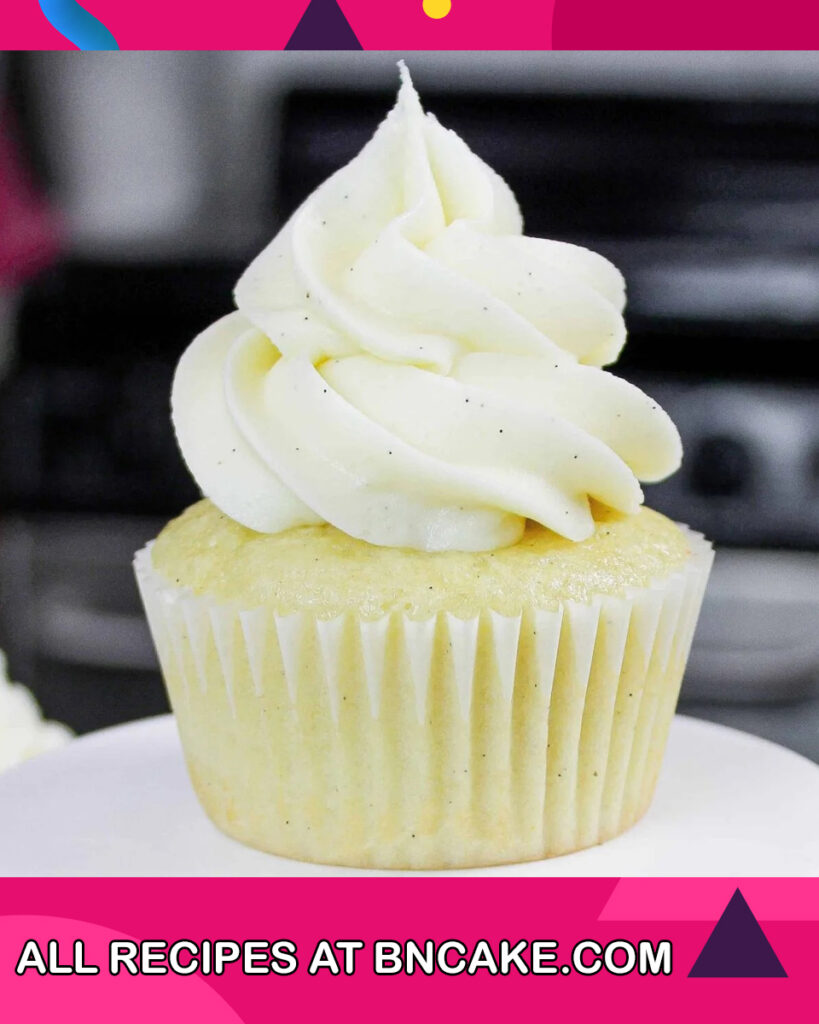
What Is White Buttercream?
White buttercream is a popular and versatile frosting used in baking and cake decorating. It is known for its smooth, creamy texture and pure white color, making it a classic choice for frosting cakes, cupcakes, cookies, and other sweet treats.
Here are the primary components of white buttercream:
- Butter: Unsalted butter is the main ingredient, giving the frosting its rich, creamy flavor and texture. It’s important to use softened butter for easy blending.
- Confectioners’ Sugar: Also known as powdered sugar, it is used to sweeten and thicken the frosting. The sugar dissolves easily into the butter, creating a smooth consistency.
- Vanilla Extract: A small amount of vanilla extract is often added to enhance the flavor of the buttercream. It complements the sweetness and adds a pleasant aroma.
- Milk or Cream: Liquid, typically milk or heavy cream, is added to achieve the desired consistency. It makes the frosting creamy and easier to spread.
- Optional Ingredients: Some variations of white buttercream may include additional flavorings, such as almond extract or lemon zest, to customize the taste.
White buttercream can be used as a simple frosting or as a base for more elaborate decorations. It’s the go-to choice for wedding cakes, birthday cakes, and special occasion desserts because it can be tinted with food coloring to create a wide range of colors. This versatility makes it a staple in the world of cake decorating.
Whether you’re frosting a classic white wedding cake or adding colorful decorations to a child’s birthday cupcakes, white buttercream is a versatile and delicious choice for both novice and experienced bakers.

Why You Will Love White Buttercream Recipe?
- Smooth and Creamy Texture: White Buttercream yields a luxuriously smooth and creamy frosting that spreads effortlessly on cakes and cupcakes.
- Versatility: This recipe serves as a versatile canvas for both simple and intricate cake designs. It can be easily tinted with food coloring to achieve a wide range of colors for decorating.
- Classic Flavor: White Buttercream has a timeless, sweet, and buttery flavor that pairs well with a variety of cake flavors. It’s a universally loved frosting choice.
- Customizable: You can personalize the flavor profile of your buttercream by adding different extracts or flavorings, such as almond, lemon, or coconut, to suit your preferences.
- Easy to Work With: Whether you’re a beginner or an experienced baker, this recipe is beginner-friendly and forgiving, making it accessible to all skill levels.
- Ideal for Decorations: White Buttercream provides an excellent base for creating intricate piping designs, floral decorations, and other cake embellishments. It holds its shape well.
- Balanced Sweetness: The recipe strikes a perfect balance between sweetness and buttery richness, pleasing both those who enjoy a sweeter frosting and those who prefer a milder taste.
- Adaptable Consistency: You can adjust the consistency of the buttercream by adding more or less milk or cream, depending on whether you need a firmer frosting for decorating or a smoother one for spreading.
- Homemade Goodness: Making White Buttercream from scratch allows you to enjoy the satisfaction of creating a homemade frosting that’s free from artificial additives and preservatives.
- Crowd-Pleasing: Whether you’re frosting a cake for a special occasion or simply adding a sweet finishing touch to your baked goods, White Buttercream is sure to delight and impress your family, friends, and guests.
In summary, the White Buttercream recipe offers not only a delightful taste and texture but also versatility in decorating and customization. It’s a classic choice that enhances the overall appeal of your cakes and desserts, making it a beloved favorite among bakers and cake enthusiasts.
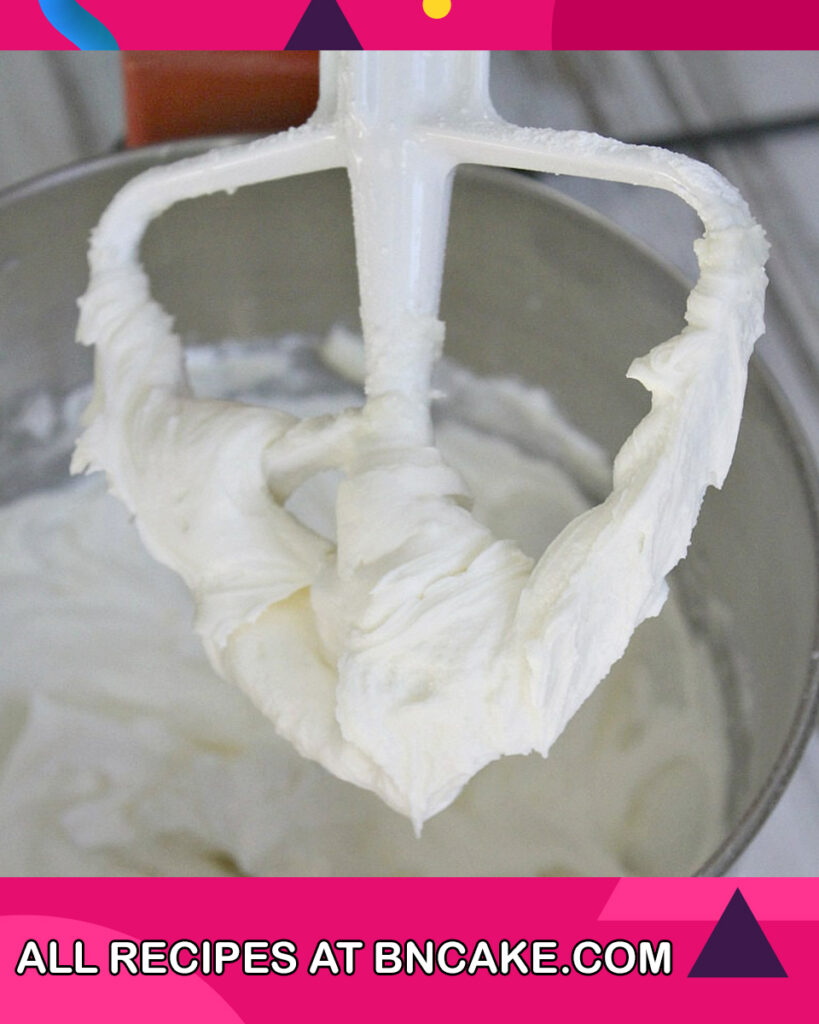
Ingredients For White Buttercream
- 1 cup (2 sticks or 226 grams) unsalted butter, at room temperature
- 4 cups (about 500 grams) confectioners’ sugar (powdered sugar)
- 2-4 tablespoons milk or heavy cream
- 1-2 teaspoons pure vanilla extract (or other flavor extract of your choice)
- A pinch of salt (optional)
These quantities are standard and can yield a delicious batch of White Buttercream. You can adjust the amount of sugar and liquid to achieve your desired consistency and sweetness level. Additionally, you can customize the flavor by using different extracts or adding other flavorings to suit your preferences.
Once you’ve gathered all the ingredients and quantities, follow your chosen White Buttercream recipe for step-by-step instructions on how to prepare this classic frosting.
How To Make White Buttercream
- Prepare the Butter: Ensure that the unsalted butter is softened to room temperature. This makes it easier to blend into a smooth frosting.
- Cream the Butter: In a mixing bowl, beat the softened butter using an electric mixer on medium speed until it becomes creamy and pale in color, which typically takes 2-3 minutes.
- Add the Confectioners’ Sugar: Gradually add the confectioners’ sugar, one cup at a time, to the creamed butter. Start mixing on low speed to avoid sugar dust, and then increase to medium-high speed until the mixture is well combined and smooth. Scrape down the sides of the bowl as needed.
- Adjust Consistency: To achieve your desired consistency, add milk or heavy cream to the frosting. Start with 2 tablespoons and mix on low speed, then increase as needed. The more liquid you add, the softer and creamier the frosting will be.
- Flavor Enhancement: Add 1-2 teaspoons of pure vanilla extract (or your preferred flavor extract) to the frosting. This enhances the flavor and aroma of the buttercream. You can also add other flavorings or extracts according to your taste.
- Optional Pinch of Salt: If desired, add a pinch of salt to balance the sweetness and enhance the flavor. This is optional and can be adjusted to your preference.
- Mix Thoroughly: Continue to beat the frosting on medium-high speed for an additional 2-3 minutes until it’s light, fluffy, and smooth. This ensures that all the ingredients are well incorporated.
- Taste and Adjust: Taste the buttercream and adjust the sweetness, flavor, or saltiness to suit your preferences. You can add more confectioners’ sugar for extra sweetness or more liquid for a creamier consistency.
Your White Buttercream is now ready to use! Whether you’re frosting cakes, cupcakes, or cookies, this classic and versatile frosting is sure to enhance the flavor and appearance of your baked goods. Enjoy decorating and indulging in your sweet creations!
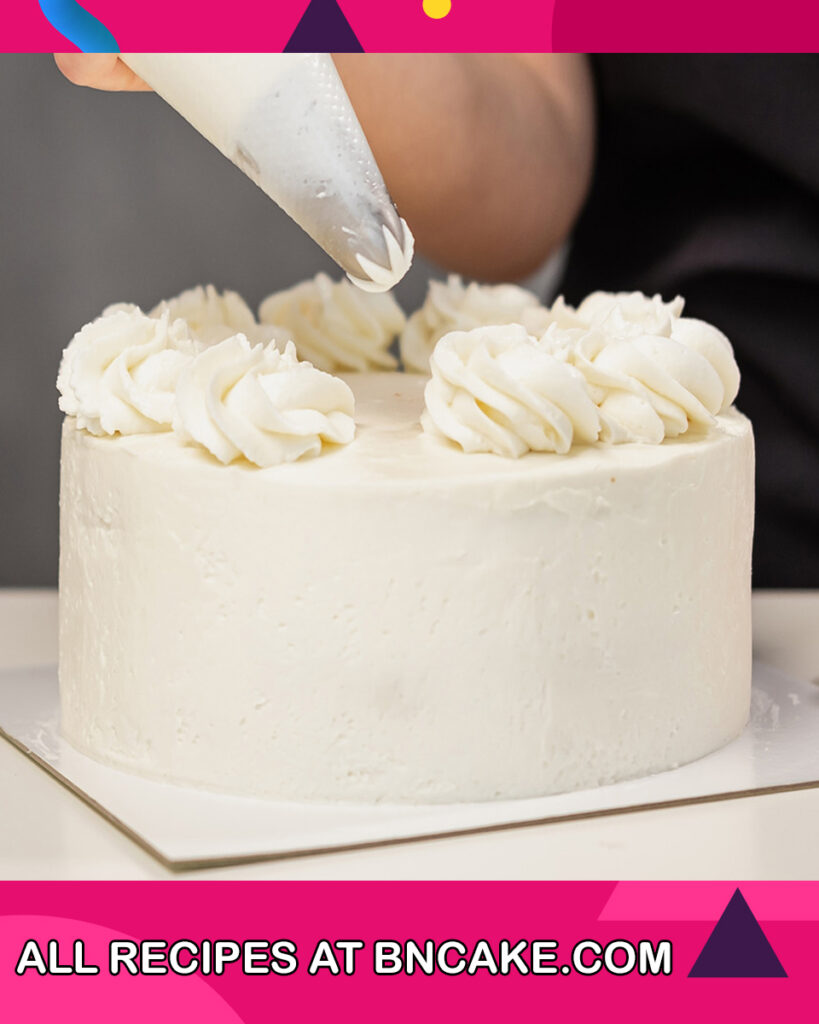
How To Serve White Buttercream
Serving White Buttercream is a delightful experience, especially when it graces your favorite baked goods. Here’s how to serve White Buttercream:
1. Frosting Cakes: White Buttercream is commonly used to frost cakes, and the application can be as simple or elaborate as you desire. Here’s a basic method:
- Place a cooled cake on a serving platter or cake stand.
- Use a spatula or icing smoother to apply a generous layer of White Buttercream to the top and sides of the cake. Smooth it out for an even finish.
- If desired, create decorative patterns or designs using additional buttercream, piping bags, and decorating tips.
2. Decorating Cupcakes: White Buttercream is perfect for topping cupcakes, adding both flavor and visual appeal. You can use a piping bag to create beautiful swirls or rosettes on each cupcake.
3. Filling Desserts: White Buttercream can be used as a filling for various desserts. For example, it’s commonly used in whoopie pies, sandwich cookies, and pastry fillings. Simply pipe or spread it between layers of your dessert.
4. Dipping or Drizzling: Melted White Buttercream can be used to dip or drizzle over cookies, brownies, or cake pops for a sweet and decorative finish.
5. Cookie Sandwiches: Spread a layer of White Buttercream between two cookies to create delicious and satisfying cookie sandwiches.
6. Decorative Details: Use White Buttercream to add decorative elements to your desserts. Create flowers, rosettes, or other designs on the surface of cakes or cupcakes.
7. Garnishes: Garnish your frosted desserts with edible decorations such as sprinkles, colored sugar, chocolate chips, or fresh fruit. These add texture and flavor to your creations.
8. Customize with Colors: You can tint White Buttercream with food coloring to match your theme or preferences. This allows you to create colorful and eye-catching desserts.
9. Pair with Desserts: Serve White Buttercream alongside desserts like brownies, bars, or fruit tarts, allowing guests to customize their desserts with a dollop of frosting.
10. Enjoy Creatively: Get creative with your serving ideas. White Buttercream can be used in various ways to elevate the presentation and taste of your desserts.
Remember to store any leftover desserts with White Buttercream in an airtight container in the refrigerator to maintain freshness. When serving, present your beautifully decorated treats with pride, knowing that the creamy and delicious White Buttercream will be a delightful addition to any dessert spread.
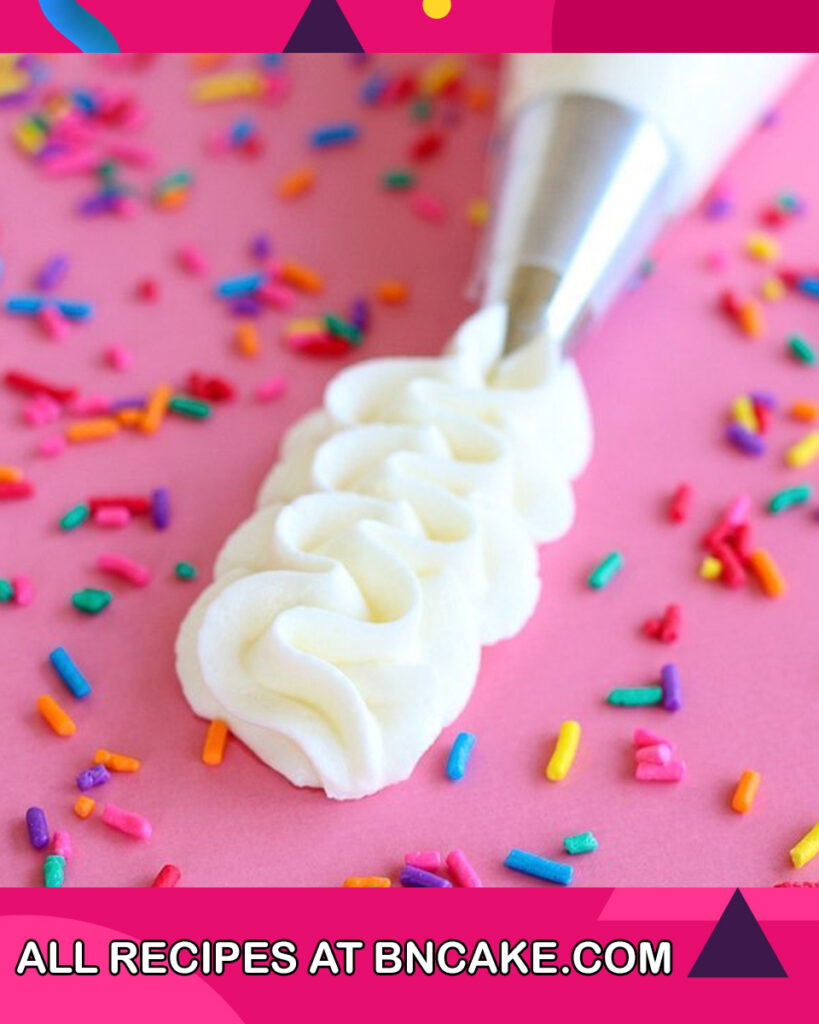
How To Store White Buttercream
Properly storing White Buttercream is important to maintain its freshness and prevent it from spoiling. Here’s how to store White Buttercream:
- Airtight Container: Transfer the leftover White Buttercream into an airtight container. Ensure that the container is clean and dry before adding the frosting.
- Surface Smoothing: If there is a layer of frosting on top, smooth it down with a spatula to eliminate any air pockets or gaps. This helps prevent the frosting from drying out or developing a crust.
- Plastic Wrap: Press a piece of plastic wrap directly onto the surface of the buttercream. Ensure that the plastic wrap touches the entire surface to create a barrier against air. This step helps prevent the frosting from forming a crust.
- Seal Tightly: Seal the airtight container with a secure lid, covering both the container and the plastic-wrapped frosting.
- Refrigeration: Store the airtight container in the refrigerator. Butter-based frostings like White Buttercream contain dairy and are susceptible to spoilage at room temperature. Refrigeration helps extend its shelf life.
- Label and Date: If you anticipate storing the frosting for an extended period, it’s a good practice to label the container with the date to keep track of its freshness.
- Avoid Strong Odors: Store the container away from strong-smelling foods in the refrigerator to prevent the frosting from absorbing any unwanted odors.
- Freezing (Optional): If you have a large batch of White Buttercream and want to store it for an even longer period, you can freeze it. Place the airtight container with the frosting in the freezer. Ensure it’s well-wrapped to prevent freezer burn. When ready to use, thaw the frosting in the refrigerator and re-whip it to restore its smooth texture.
- Re-Warming (After Refrigeration): If you’ve refrigerated the buttercream and it becomes too firm, you can re-warm it slightly by letting it sit at room temperature for about 30 minutes. Then, give it a gentle stir or re-whip it to achieve the desired consistency.
By following these storage guidelines, you can keep your White Buttercream fresh and ready to use for your next baking project. Proper storage ensures that your frosting remains creamy and delicious, ready to adorn your cakes, cupcakes, and other sweet treats.
If you like this recipe, here are some more you may like:
- White Chocolate Buttercream
- Biscoff Buttercream
- American Buttercream Recipe
- Chocolate Swiss Meringue Buttercream
- Perfect Swiss Meringue Buttercream
Tips And Tricks For White Buttercream
Achieving the perfect White Buttercream requires some tips and tricks to ensure the frosting’s texture, flavor, and appearance meet your expectations. Here are some valuable tips for working with White Buttercream:
1. Soften Butter Properly: Ensure that the butter is softened to room temperature before starting. It should be soft but not melted. This helps create a creamy and smooth base for the frosting.
2. Gradually Add Sugar: When incorporating confectioners’ sugar (powdered sugar) into the butter, add it gradually, one cup at a time. Mixing in the sugar slowly prevents a cloud of sugar dust and ensures a smoother texture.
3. Use Pure Extracts: Opt for pure vanilla extract or other flavor extracts for the best flavor. Pure extracts have a richer taste compared to artificial flavorings.
4. Adjust Consistency: Control the thickness of the frosting by adding milk or heavy cream. Start with a smaller amount, and increase as needed until you achieve the desired consistency. For spreading, use a softer consistency, and for piping decorations, use a firmer one.
5. Sift the Sugar: To prevent lumps and ensure a smoother texture, sift the confectioners’ sugar before adding it to the butter. This helps remove any clumps.
6. Scrape Down the Bowl: Periodically stop mixing and scrape down the sides and bottom of the mixing bowl with a spatula. This ensures that all ingredients are well incorporated and prevents pockets of unmixed butter or sugar.
7. High-Quality Butter: Use high-quality unsalted butter for the best flavor and texture. It should be fresh and not rancid.
8. Flavor Variations: Don’t hesitate to experiment with flavor variations. You can add other extracts like almond, lemon, or coconut, or even incorporate fruit purees or zest for unique flavors.
9. Food Coloring: If you plan to tint the frosting with food coloring, use gel food coloring. It provides vibrant colors without altering the frosting’s consistency.
10. Avoid Overmixing: Once the frosting is smooth and well combined, avoid overmixing. Overmixing can lead to a dense or greasy texture.
11. Crusting vs. Non-Crusting: White Buttercream can form a crust when exposed to air for an extended period. If you want a non-crusting version, keep it covered until you’re ready to use it.
12. Fixing Separated Frosting: If the frosting separates or appears curdled, it can often be fixed by mixing it at low speed for a few minutes. If it remains separated, warm a small portion in the microwave for a few seconds, then mix it back into the main batch.
13. Practice Piping: If you’re new to piping decorations, practice on a separate surface or parchment paper before decorating your cake or cupcakes.
14. Frost Chilled Cakes: It’s easier to frost cakes when they are slightly chilled, as the frosting adheres better to the cake’s surface.
15. Storage Tips: When storing leftover frosting, follow the proper storage guidelines mentioned earlier to maintain its freshness.
With these tips and tricks, you’ll be well-prepared to create beautiful and delicious treats with White Buttercream. Whether you’re frosting cakes, cupcakes, or cookies, your creations will be sure to impress.
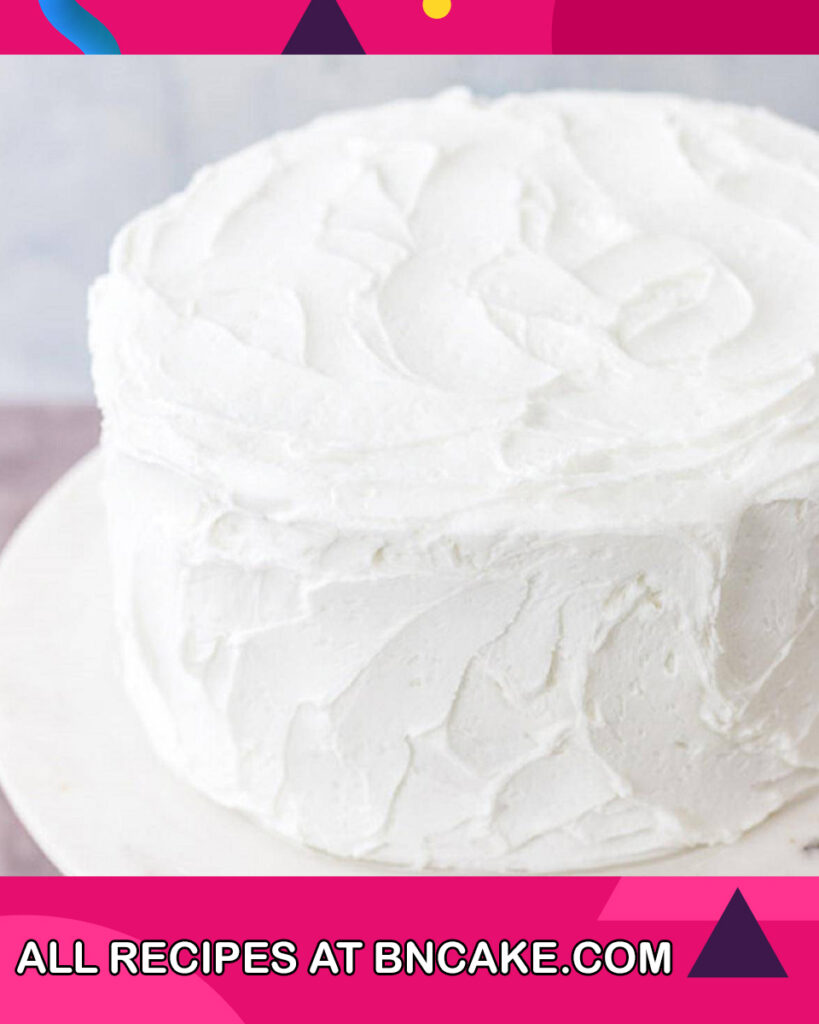
FAQs And Troubleshooting
Q1: My buttercream turned out too thin. What should I do?
- A1: If your buttercream is too thin, it may be due to adding too much liquid (milk or cream). To thicken it, gradually incorporate more confectioners’ sugar, one cup at a time, until you reach the desired consistency.
Q2: Why is my buttercream lumpy?
- A2: Lumpy buttercream can result from not sifting the confectioners’ sugar before adding it to the butter. To fix this, sift the sugar or use a whisk attachment on your mixer to blend until smooth.
Q3: My buttercream has air bubbles. How can I get rid of them?
- A3: To remove air bubbles, gently tap the bowl of buttercream on the countertop to release trapped air. You can also smooth the frosting with a spatula, and any small bubbles should dissipate.
Q4: How do I avoid my buttercream from becoming too greasy or oily?
- A4: Overmixing the buttercream or using butter that’s too soft can result in a greasy texture. To prevent this, use softened but not melted butter and mix just until the frosting is smooth and creamy.
Q5: Can I refrigerate buttercream?
- A5: Yes, you can refrigerate buttercream. Store it in an airtight container in the refrigerator for up to a week. When ready to use, allow it to come to room temperature and re-whip it for a smoother consistency.
Q6: Can I freeze buttercream?
- A6: Yes, you can freeze buttercream. Place it in an airtight container or resealable freezer bag and freeze for up to 2-3 months. Thaw it in the refrigerator and re-whip it to restore its texture before using.
Q7: My buttercream is too sweet. How can I reduce the sweetness?
- A7: To reduce sweetness, you can add a pinch of salt to balance the flavor. Alternatively, you can add more unsalted butter or cream to dilute the sweetness. Taste and adjust as needed.
Q8: Can I reheat separated buttercream?
- A8: If your buttercream has separated, you can try to fix it by microwaving a small portion for a few seconds until it softens, then mixing it back into the main batch while mixing on low speed.
Q9: Why does my buttercream taste like butter and not have a strong vanilla flavor?
- A9: To enhance the vanilla flavor, you can add more pure vanilla extract. Start with small increments and taste until you achieve the desired flavor.
Q10: My buttercream has a gritty texture. How can I make it smoother?
- A10: Gritty buttercream may occur if the sugar isn’t fully dissolved. Ensure that you beat the butter and sugar together until smooth and creamy. You can also sift the sugar before adding it to the butter to remove any lumps.
By addressing these FAQs and troubleshooting tips, you can overcome common challenges when making White Buttercream and achieve a smooth, delicious, and visually appealing frosting for your baked goods.
Nutrition Information
White Buttercream is a delicious frosting, but it’s important to note that it’s primarily composed of butter and sugar, making it high in calories and sugar. Here’s a rough estimate of the nutrition information for White Buttercream per serving (about 2 tablespoons):
Calories: Approximately 140-160 calories, Total Fat: Around 9-10 grams, Saturated Fat: About 6-7 grams, Cholesterol: Approximately 25-30 milligrams, Sodium: Varies based on the amount of salt added, Total Carbohydrates: Around 16-18 grams, Sugars: Approximately 16-18 grams, Protein: Almost negligible, typically less than 1 gram
Please keep in mind that these values can vary based on the specific recipe and how much frosting is used per serving. Also, the nutritional content can change if you adjust the ingredients, such as using more or less butter, sugar, or flavorings.
White Buttercream is a delicious treat, but it’s best enjoyed in moderation due to its high sugar and fat content. When incorporating it into your desserts, be mindful of portion sizes to balance your overall nutritional intake.
